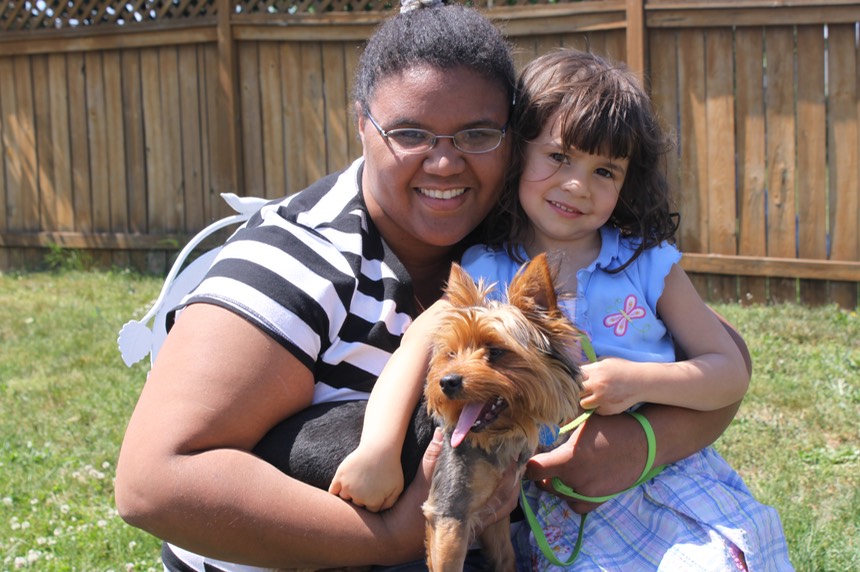What determines family values today? Too often, it’s the entertainment and advertising media, believes Jean Illsley Clarke, a Minneapolis parent educator and author of several books, including "Time-In: When Time-Out Doesn't Work," and "Who, Me Lead a Group?" She is also the co-author of “How Much Is Too Much?" and author of the “How Much Is Too Much? Leader’s Guide (available from the author at jiconsults@aol.com).
Clarke, who has decades of experience, recently visited with the Parenting Press staff, and expressed her concern about the impact of media on children, even the very young. A generation or two ago, a family's values were often influenced primarily by parents, church and school.

Today, however, the entertainment media—especially electronic media of all kinds—and the marketing industry often have far more significant impact on what parents and kids believe. These industries tell us that we cannot be successful, popular, attractive—whatever—without the products or services they are promoting. They tell us that our self-image depends on these purchases, not from intrinsic values.
Children are exposed to between three and eight hours of advertising in one form or another each day, Clarke notes, reminding us that besides such traditional advertising as broadcast commercials, billboards, soda machine signage and newspaper and magazine ads, kids are influenced by product placement (when name-brand products are featured in movies, television and videos), sponsorships and the wide variety of online ads. Ads in online games alone will soon be a billion-dollar business. Logos and signage on clothing are yet another form of advertising.

The result of this advertising? "Fear, uncertainty and doubt: creating the message that you will not be OK if you don't have this product."
How effective are these messages? Clarke cites one poll that says that 63 percent of American children define their self-worth in terms of what they own.
If this troubles you, try to take the time to talk about advertising, product placement, event sponsorships and other forms of promotion with your family. If you eat dinner in front of the television, for example, make a game out of dissecting the commercials, identifying the outlandish claims, or keep score of which program has the most product placements (the brand-name soft-drink cans, the sports cars, the store signs in the background). Ask your kids to show you their video and online games, and team up to identify promotional techniques. (For example, Nickelodean games often feature products such as Pop Tarts and Eggo French Toast.) Even the books for young children are little more than promotional tools for products such as candy (the "M&M's Chocolate Candies Counting Board Book" and "More M&M's Chocolate Candies Math," for example).
There is more help about avoiding overindulgence in How Much is Too Much? Raising Likeable, Responsible, Respectful Children – From Toddlers To Teens – In An Age of Overindulgence (2014, DaCapo Press Lifelong Books).
All photos from MorgueFile free photo.


